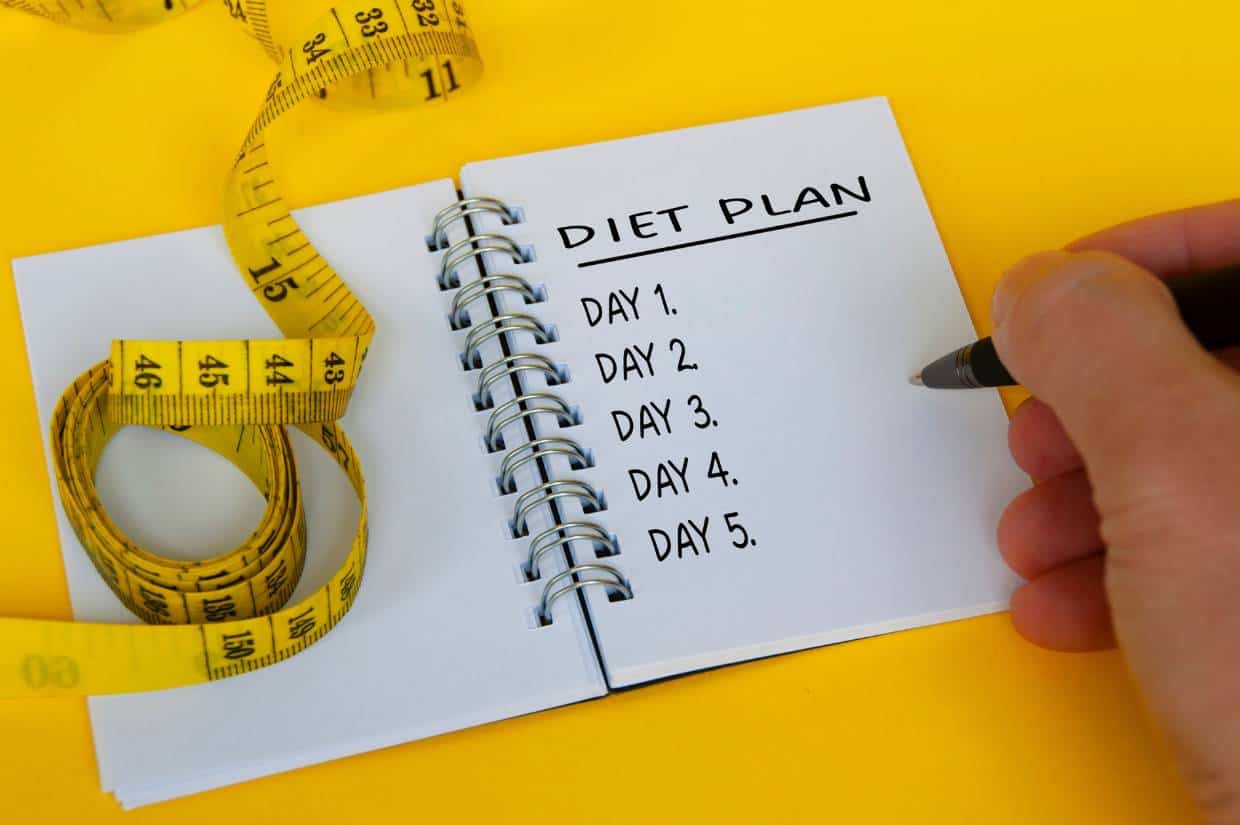Could an elimination diet help you alleviate uncomfortable symptoms like bloating, gas or stomach pain? Dietary intervention may be an important approach to health management worth considering.

Addressing symptoms with an elimination diet
An elimination diet is a diagnostic method that removes certain foods and ingredients from the diet over a set period.
The process has two parts:
- Elimination phase: remove food and record observations.
- Reintroduction phase: review and test individual foods.
The goal is to create a clear view of a person’s relationship between specific foods and their health. An effective elimination diet seeks to uncover potential food intolerances or sensitivities affecting digestion and overall well-being.
Individuals can gain valuable insights by following an elimination diet under the guidance of a healthcare professional or registered dietitian. Seek someone in your area or online to work with before embarking on any dietary changes. Their expertise will ensure the process is safe and tailored to your needs.
Benefits of elimination diets
The potential benefits of an elimination diet include:
- Reduced inflammation: less water retention and swelling. A 2015 study indicates reduced joint pain, and a 1990 study found “very encouraging” results for clearing skin rashes.
- Improved digestion: Clin Exp Gastroenterol cites improvements in abdominal pain, bloating, constipation, diarrhea, abdominal distention, and flatulence following the [elimination] diet.
- Enhanced mental clarity: better mental acuteness, memory and focus. Since at least 2014, clinical psychiatrists have considered restriction diets as a clinical approach for treating ADHA. Additionally, a 2010 study published by Sage indicates the potential for reducing the frequency and intensity of headaches and migraines.
- Higher energy levels
However, not everyone will experience the same results.

Types of elimination diets
Elimination diets are very customizable and vary in their range of restrictions. The beauty is that the diet serves the individual specifically.
Specific food elimination
You may want to only test one food or ingredient at a time. This is often a first choice if an obvious reaction to a specific food exists.
Protocols may target single ingredients like MSG, artificial sweeteners, vegetable oil or other processed food ingredients.
Comprehensive elimination
Another approach is a comprehensive elimination diet, which temporarily eliminates major allergens and common trigger foods. This type of elimination diet aims to remove a wide range of potential culprits from the diet to see if symptoms subside.
The six most common allergens are dairy products, wheat, eggs, soy, nuts and seeds, and shellfish.
Primary trigger foods may include citrus, nightshades, legumes, processed sugar, caffeine or alcohol.
Gluten-free diet
This diet eliminates all gluten-containing grains and products in addition to wheat. Lesser known glutenous grains like barley and rye are out, as well as popular foods with hidden sources of gluten.
Autoimmune protocol
The autoimmune protocol, shortened to AIP, aims to reduce inflammation by avoiding potential triggers for individuals with autoimmune conditions.
FODMAP elimination
FODMAP stands for fermentable oligosaccharides, disaccharides, monosaccharides and polyols. While that’s quite a mouthful, the diet focuses on cutting out fermentable carbohydrates that may cause digestive distress.
A study by John Hopkins University found that a low-FODMAP diet reduces symptoms in up to 86% of people with IBS and SIBO.
Keto diet
In short, a keto diet minimizes the role of carbohydrates in the diet and forces a metabolic shift into the state of ketosis.
Modern physicians introduced the ketogenic diet in the 1920s as a treatment for epilepsy. Since then, practitioners have employed it to address other mental health diseases and physical conditions.
Specialty categories
Entire categories of food, like those high in histamine, glutamate, salicylate or oxalate, may be eliminated.
For example, practitioners may prescribe a low-oxalate diet for people with high oxalate levels and recurring kidney stones.

The elimination phase: Omitting and tracking
The elimination phase may last two to three weeks or four to six weeks, depending on the protocol. The protocol also sets the tone for how quickly and thoroughly foods are eliminated. It may be a gradual approach over time or happen overnight.
Keeping a detailed food diary to record everything eaten and any symptoms you experience during this time is very helpful, no matter how fast or slow you proceed.
Make sure to write down everything you eat, how you feel, how you slept, your energy, any GI side effects and your stress level while doing an elimination diet.
— Lara Clevenger, MSH, RDN, CPT, LaraClevenger.com
These notes can clarify your physical, mental and emotional state and track progress throughout the elimination diet journey.
Additionally, add new foods to replace the ones that no longer serve you. Find alternatives that you enjoy and suit your specific elimination diet food list.
Exploring local food options is a great way to get inspired as you focus on building your health, not tearing it down.
It’s important to note that this process requires patience and commitment, as it involves careful tracking of symptoms and strict adherence to the prescribed dietary changes.
The reintroduction phase: Testing and timing
Your protocol will have specific guidelines on when and how to reintroduce foods properly. Proceed attentively to maximize your efforts.
Here are some suggestions to navigate this phase successfully:
- Reintroduce one eliminated food at a time in small quantities: Expect to add back one eliminated food or food group at a time, such as wheat flour or gluten. Begin with small portions to gauge your body’s response.
- Observe symptoms or reactions for several days: Monitor for symptoms like bloating, headaches, skin rashes or digestive issues. Allow for a three-day minimum observation time before testing the next food.
- Note results clearly: Continue keeping a food journal during reintroduction. Record what you eat and any symptoms.
- Follow a systematic approach to reintroduce different food groups: Rather than randomly reintroducing foods, follow a structured plan determined within your protocol and under the guidance of your chosen healthcare professional.
Following these guidelines will help craft the best plan for identifying specific foods that may be causing discomfort or adverse reactions.
In conclusion
If you’re curious about an elimination diet, speak to your healthcare professional or a registered dietitian. Since an elimination diet is like a personalized map to feeling better, exploring unknown territory with a knowledgeable guide is best.
The simple approach may yield a greater understanding of your body and its relationship to what you put in it, thereby giving you greater confidence in dietary decisions that allow you to feel your best.
Jessica Haggard is dedicated to helping people cook easy everyday recipes focusing on bioavailable and nutrient-dense foods. She helps people overcome food allergies and discover healthy recipes that make a difference in their health by succeeding with gluten-free, low-carb and keto cooking at Primal Edge Health.